Dr. Benjamin Tindal, Senior Specialist – Quaternary Geology & Stratigraphy
October brings with it darker evenings, crisp mornings, and time for reflecting on the summer. With the changing of the season, it is easy to forget that there is plenty of nature still to be seen. However, the retreat of the greener aspects of nature reveals England’s underlying structure and allows our geodiversity to shine through.
I’ve been working in Natural England’s geodiversity team for over a year, providing advice on Sites of Special Scientific Interest (SSSIs) – around a third of which have geological interest – protected landscapes, and connections between geodiversity and biodiversity. My fondest memories have been winter days out monitoring geological SSSIs: outcrops that would take hours to search for when the bracken is high are easily found, minerals are no longer hidden by carpets of wild garlic, and the geological context can be seen through leafless trees.
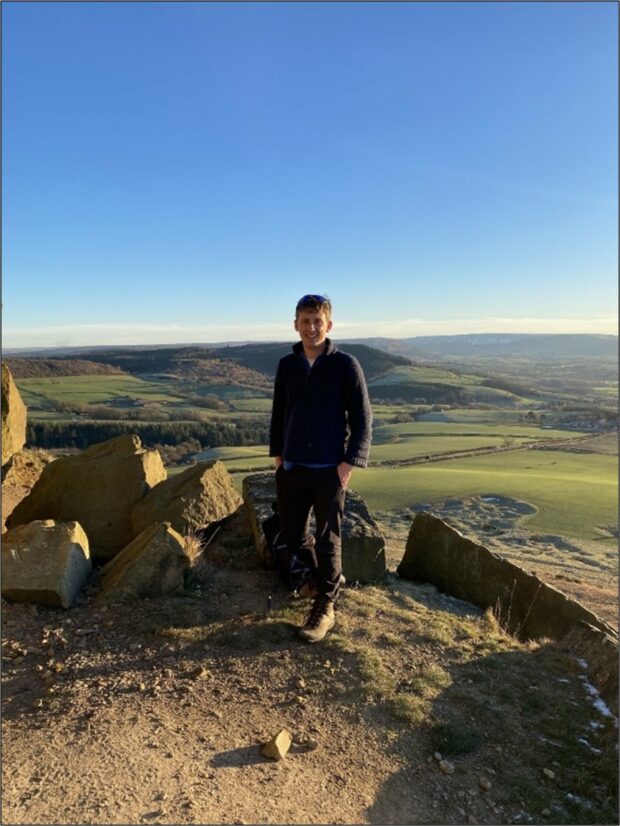
The 6th of October marked both the first wintery day of my year, and International Geodiversity Day. In celebration of the day, I headed up across high foggy passes to the North Pennines UNESCO Geopark, where Nenthead Mines were hosting a geological excursion and mine tour to celebrate geodiversity day.
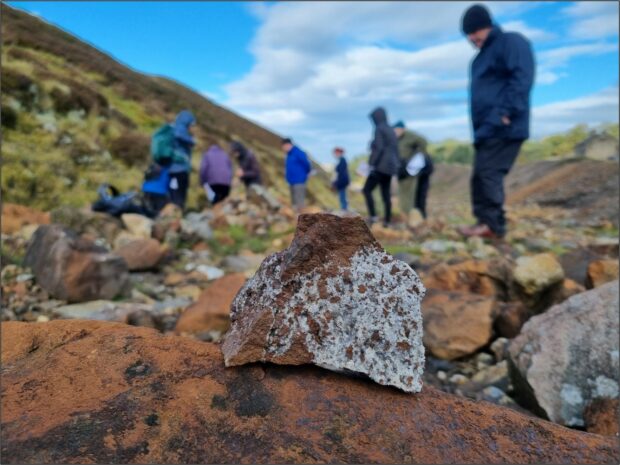
We spent the morning walking along a stream, looking for minerals washed out from old spoil heaps. There was the metallic shine of sphalerite (zinc ore) and galena (lead ore), and the unusual, curved crystals of dolomite. As the sky cleared and clouds parted, we witnessed sunlight flashing from clear crystals of calcite. But best of all were bright purple crystals of fluorite hidden in fresh sediment deposited after last week’s floods.
Fluorite has the interesting property of glowing under ultraviolet light, and we were rather proud of our small specimens, until we saw the charity’s collection which was cleverly housed deep in their mine for maximum darkness! We emerged after the mine tour into dark clouds and strong winds, driving home through heavy sideways rain; summer is truly over. Although the weather was a highly variable, it was an excellent day nonetheless.
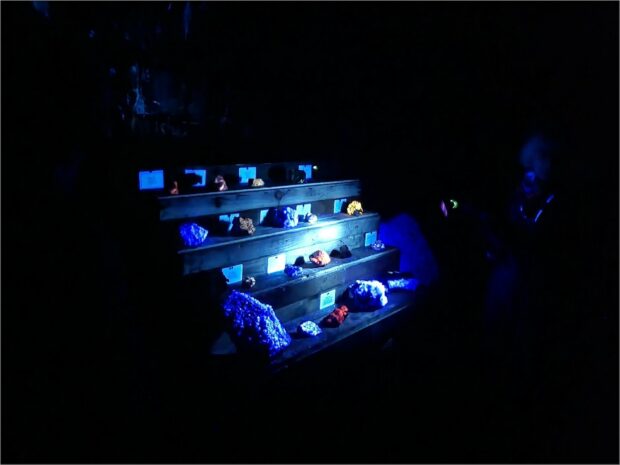
The day served as a useful reminder for me that despite the cold weather and bleak landscape, there are plenty of small natural wonders around our feet. I highly recommend sparing one day this winter to get out somewhere geological – there are plenty of geological wonders across England, including the three English sites added to the International Union of Geological Sciences’ list of 200 Geological Heritage Sites in September.
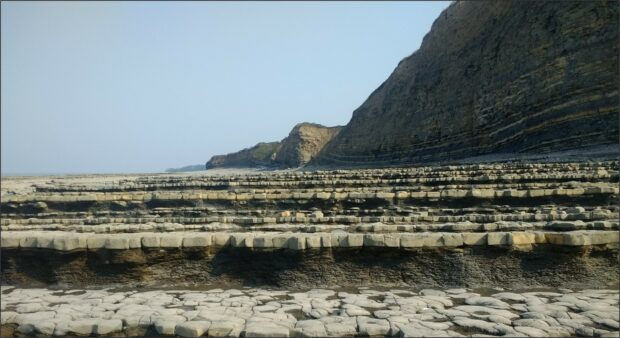
The geological interest of these newly designated sites ranges from fractures in the unusual coastal pavements of Somerset, to the fossils of the UNESCO World Heritage site of the Jurassic Coast; at the larger end are the tors of Dartmoor, which are formed from hard granite that remained as frost, streams, and rivers eroded away the surrounding rock. All three sites make excellent excursions on wintery days.
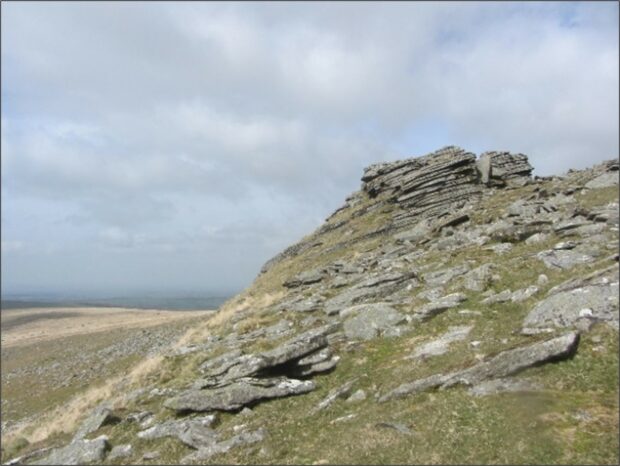
For those of us who live further from these Southwestern sites, Natural England has declared several new National Nature Reserves (NNRs) with geological interest, such as Bradgate Park and Swithland Wood NNR in Leicestershire, with its world-famous Ediacaran fossils that are so old, it is still disputed whether they are animal, plant, or something else! Further north is Borrowdale Rainforest NNR, in Cumbria, where some of the best glacial valleys in the UK can be seen, carved into ancient volcanic ash-beds.
If you cannot spare a whole day to visit sites such as these, try to keep an eye out for geology as you go about your daily routines, it is always sticking out in the most unexpected places. My current favourite spot is a coal seam exposed in the M1 roadworks near Sheffield – an excellent exposure to study whilst stuck in traffic! A good place to start understanding these odd outcrops of geology are the National Character Areas, which explain how geology has affected the different areas of England.
Geology is out there, just waiting to be studied. Winter is the best time to do this, so keep an eye out and you might just find some sparkly fluorite to brighten up your day!